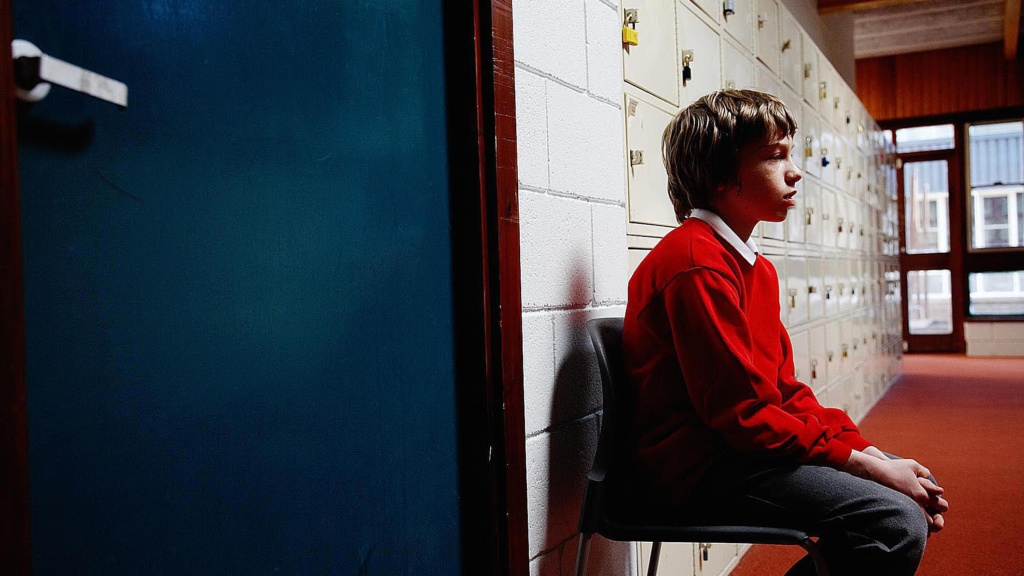
Why is Alternative Provision important?
There have been increasing concerns over the rise in school exclusions in recent years; between 2016 and 2017 it was reported that exclusions rose by 1,000 pupils. Those who suffer exclusions are predominantly made up of the most vulnerable in our society. The Timpson Review found that vulnerable groups of children are more likely to be excluded, with 78 per cent of permanent exclusions issued to children who had special educational needs (SEN), or who were classified as in need or eligible for free school meals. Yet, this inevitably only works towards making those children more vulnerable.
Alternative provision (AP) ensures that these students aren’t cut off from access to education, and therefore prevents our most vulnerable young people from falling through society’s cracks. As Damian Hinds MP stated in response to the Review: ‘Exclusion should not be considered the end point for any child; it has to be the start of something new and positive – with alternative provision offering smaller class sizes and tailored support.’ This is why it is critical that AP is harnessed by schools in a positive and effective manner.
AP also extends beyond catering for the needs of children who have been excluded; it can be incredibly effective for students who find the standard setting of a school or a classroom overwhelming or problematic for a variety of reasons. This could be to do with anxiety disorders that affect a student’s ability to function in a normal classroom, or an individual who has an ongoing medical issue that requires certain special provisions to be made, or it may be that a child refuses to attend school for any number of complex reasons. Ultimately, AP should be utilised to support students who require that extra support. As such, it is critical that a one-size-fits all approach is not adopted, given children who require AP depend on receiving a nuanced and personalised approach that they have not been able to obtain in a traditional school setting previously. AP should be there to assist these young people in achieving the very best in their education, and to help them attain the best start in life.
Problems in implementation
AP has become weighed down by a multitude of negative associations. This is of course partially to do with past failures to meet the standards of care these young people deserve and require. For too long schools have relied on delivering AP in Pupil Referral Units (PRUs) with no provision for younger students or those with special educational needs. This has created a situation where children have been left feeling self-conscious and segregated at school, which serves only to isolate these young people further from the education system. After a concerted effort by those in the education sector, these failing systems are now being replaced by more effective solutions that allow for a more positive view of AP and its potential.
AP is now being recognised as a useful and necessary service that can, in fact, be utilised to significantly improve the lives of students, with many schools across the country making concerted efforts to roll out an effective AP system that delivers the necessary tailored support that these children need. The recent Timpson Review is a positive step in the right direction, as it highlights 30 areas that need to be addressed by the government to prevent exclusions damaging the lives and academic achievement of students. The government has promised to act on these suggestions, including a provision to set out ‘plans later this year to improve outcomes for children who leave mainstream education and go into AP’ and to recognise ‘good practice in AP, including support for AP to attract and develop high-quality teachers.’
